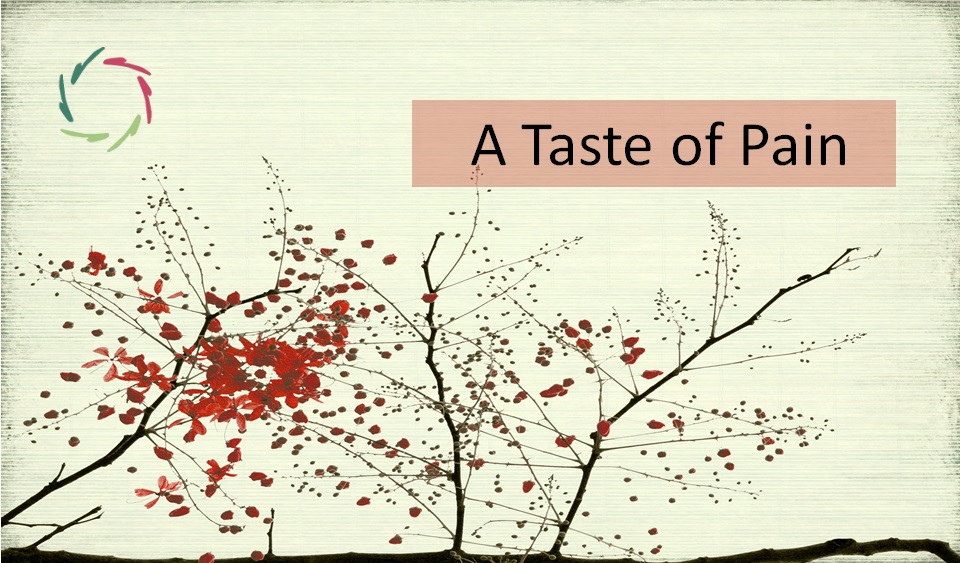Who Feels Your Pain?

Of course, you feel your pain. But what is this pain if not your feeling itself? So, the feeling (pain) is simultaneously what is being felt (pain). Then, who is the feeler?
Please read first about feelers and feelings.
Mind = body
Any movement of the mind is a movement of the body and vice versa. This is the mind=body stance.
This stands counter to the dualistic stance in which the mind is ephemeral, the body is material, and they are entirely distinct, even though they are two parts of one whole, and can influence each other in many ways. The present-day biopsychosocial viewpoint is still mainly stuck in this dualistic stance.
The mind=body stance is fundamentally different. Still, it has room for a dual view. One can look at the single entity from a mind-viewpoint versus a body-viewpoint. These are two different viewpoints on the same entity. They don’t make the entity itself different. So, we have a dual view of one non-dualistic reality. This dual view accommodates the way one can talk about the issue ― for instance, a physician to his patients.
Pain is the feeling of pain
At first sight, nothing can be its own perception. Nevertheless, pain is always a perception. One cannot grab or weigh it. Moreover, there is nothing to be perceived in this pain-feeling but pain, shown in the dictum “I feel pain.” The pain is felt while, at the same time, the feeling is the pain.
Paradoxically, the feeler is the felt. This also counts for pain. There is no ‘pain feeler’ apart from the body/mind, and there is no ‘feeling of pain’ apart from the body/mind. The observer observes himself. The patient has pain, while at the same time, the patient is the pain. There is only a first-person perspective. Feeling pain is being pain.
Non-consciously
Far from the Freudian concept of the subconscious, cognitive neuroscience increasingly shows a picture of subconceptual – mainly non-conscious – processing that clarifies many things, including pain-related. This begs the question, when is pain-related mental processing to be called ‘pain’? Is it from the moment the pain becomes consciously felt? Can pain be felt non-consciously?
In the case of acute pain – burning your hand – you retract your hand even before you are (or even can be) consciously aware of any pain. In that split moment, your body/mind reacts to ‘something.’ Whether to call this ‘pain’ seems merely semantic.
In the case of chronic pain, one may ‘forget’ the pain through distraction, for instance. Where has that pain gone? Is it still there, only non-consciously? After the distraction, the pain returns ― from where? Was it out of your system, or did you just not attend to it?
More than philosophy
This shows hardly trodden ways to tackle the global pain problem and more. These ways don’t look as heroic as a new pill or surgical procedure, yet they are more patient-friendly, less costly, and with less side effects.
Of course, I’m talking about AURELIS.
What about ‘pain patients’?
The dualistic stance urges to not see the patient with chronic pain as a ‘pain patient’ since this could make him feel trapped in a painful body. Once a pain patient, always a pain patient. One may try to influence the pain with his mind, but the body – with the pain trapped in it – will always be there in the ‘pain patient.’
The dual viewpoint on mind=body opens things up. “Pain is the perception of pain” is a paradox that rides on this dual viewpoint. In principle, there is thus no harm in calling someone a ‘pain patient.’ It may heighten the sense of responsibility without guilt. Surely, this is challenging. Also, it is feasible and hugely interesting.
Herein also lies a huge responsibility for future pain-related healthcare.


